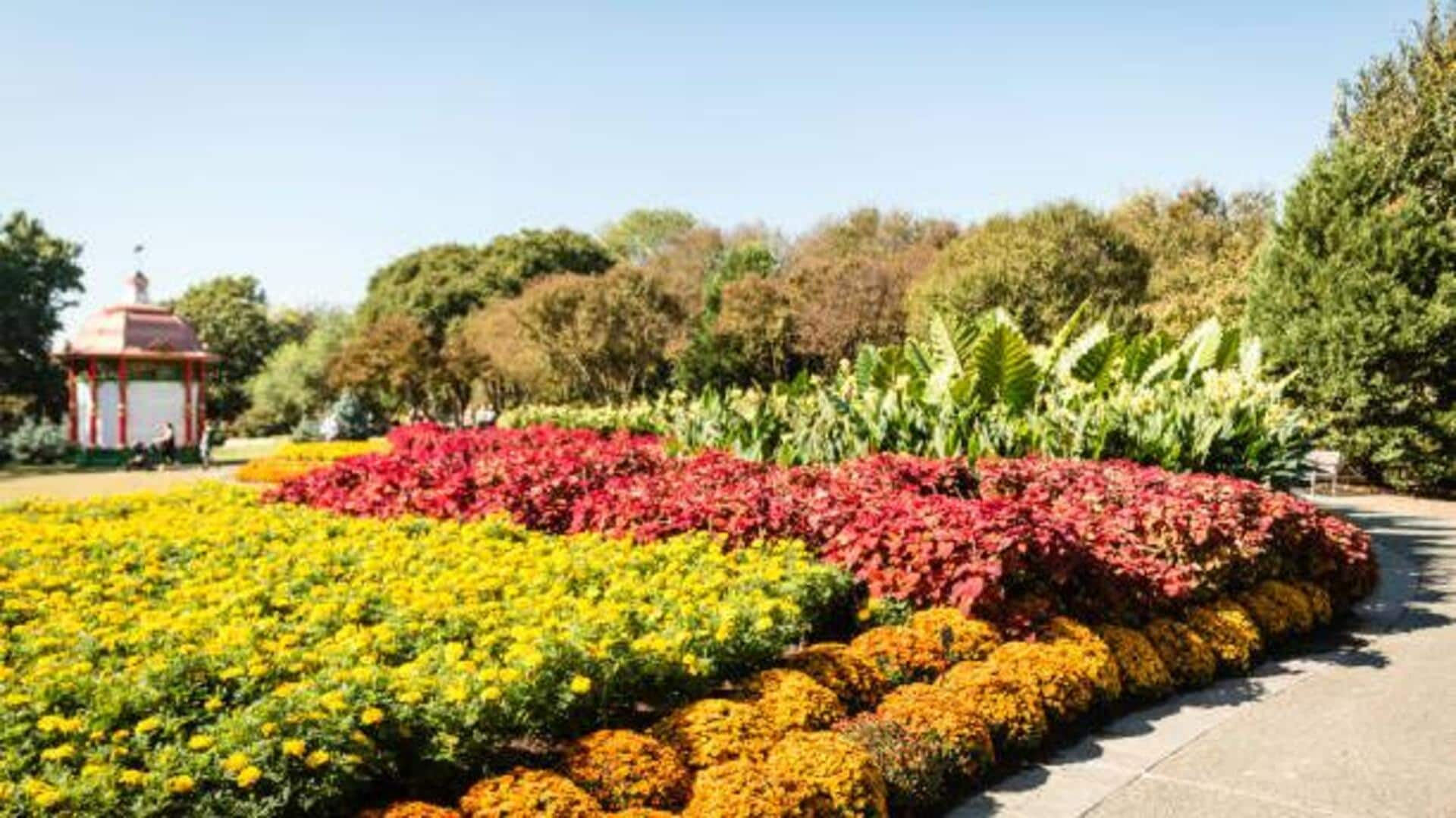
For nature enthusiasts: Must-see arboretums in Japan
What's the story
Japan, with its rich cultural heritage and stunning landscapes, has a number of arboretums that are perfect for nature lovers. These arboretums display various plant species and provide calm environments for visitors to explore. Whether you love native flora or exotic plants, Japan's arboretums are something unique. Here are some must-see arboretums across the country, each offering a different experience for nature lovers.
Kyoto Insight
Kyoto Botanical Gardens
Located in the heart of Kyoto, this botanical garden is one of Japan's oldest and largest. Spanning over 240 acres, it showcases a wide range of plant species across the world. From themed gardens with cherry blossoms in spring or vibrant autumn foliage, you can enjoy it all here. The conservatory housing tropical plants also makes it an educational experience on different ecosystems.
Tokyo Insight
Jindai Botanical Gardens
Located on the outskirts of Tokyo, Jindai Botanical Gardens is famous for its massive rose collection with over 5,000 bushes of 300 varieties. The garden also features sections for azaleas and camellias. With beautifully maintained walking paths and informative displays about species of plants, it makes for the perfect place to take quiet, leisurely strolls.
Sapporo Insight
Sapporo Art Park Arboretum
In Hokkaido's capital city, you can visit Sapporo Art Park Arboretum—a stunning mix of art and nature stretched out over 40 hectares. The arboretum has sculptures placed in natural surroundings as well as several tree species that are native to northern Japan's climate zone, such as birch trees or Japanese maples, which turn stunning colors in the fall, making it a delight year-round.
Nagoya Insight
Nagoya Agricultural Center Arboretum
The Nagoya Agricultural Center features an amazing collection dedicated to agricultural research. It has been made accessible to the public through its wide grounds. These grounds are lined with fruit orchards (apple trees) and vegetable plots. They demonstrate sustainable farming practices in urban spaces. Not to mention, it helps raise awareness among visitors about the food production processes too!